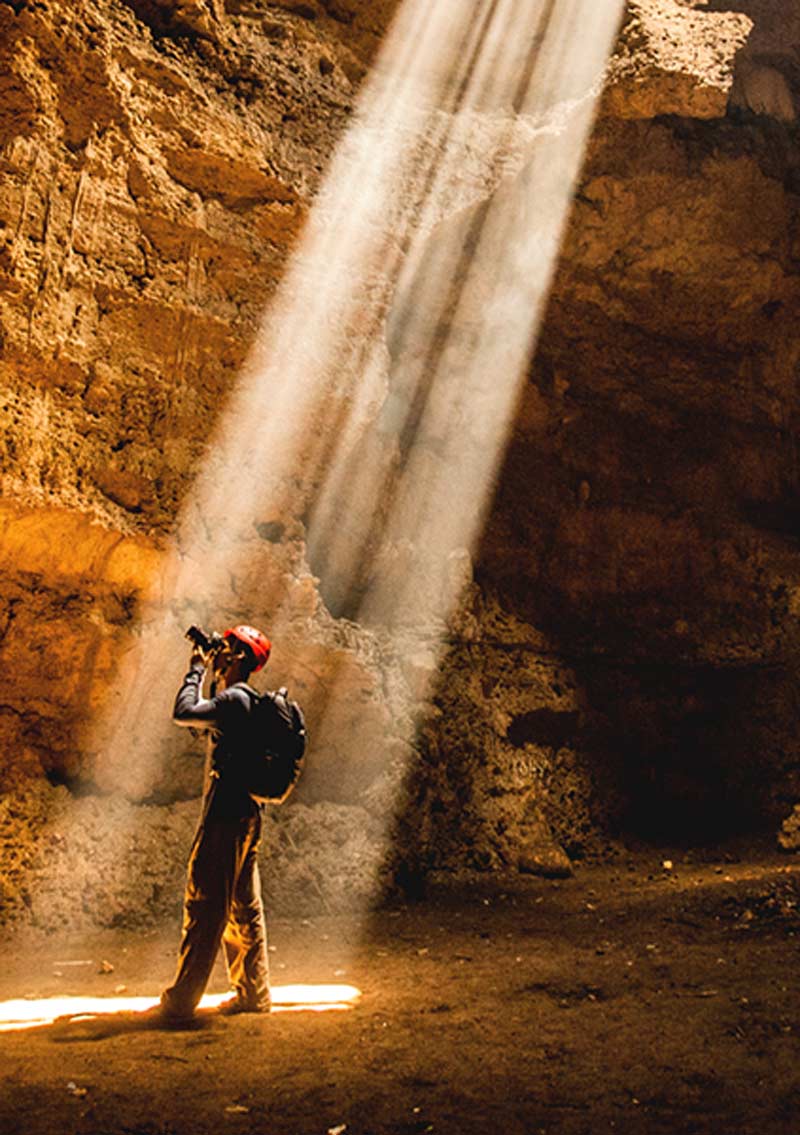
Destination: Ionian Islands
BLOGGED LOCATIONS
Located west of mainland Greece in the Ionian sea exist the Ionian islands previously referred to as the Heptanese (‘Seven Islands’). Though there are many more smaller islands the seven principal ones are Corfu, Paxos. Lefkas, Ithaca, Kefalonia, Zakynthos, and Cythera. The islands are a lot more lush and green compared to their more eastern cousins (the Cyclades & Dodecanese)..
Ithaca for those that have read the Odyssey by Homer would know that it was the island home of Odysseus in the epic Ancient Greek poem though this has not been proven through archeological findings. In the early 13th century the Republic of Venice controlled Corfu and following that all the other Ionian islands Though the Ottomans conquered most of Greece, the Ionian islands were the only part to never be invaded and under Ottoman rule.
If you are reading this then you would know that the Ionian Islands are a major tourist destination in Greece and contribute a lot to its economy. Many flights service the three main Ionian airports of Corfu, Zakynthos, and Kefalonia.
Average costs in this area
Transportation - Public ferry boats, private pleasure craft, local airline flights all service the islands in various degrees and while all islands don't have airports most can be reached by ferries that do have them. Getting around on the islands can be done, by taxi, bus, rental cars or mopeds and scooters. You could charter a sailboat if you have the experience and this would save money on both transport and food and accommodation otherwise transport costs are affordable.
Accommodation - All types of accommodation can be had from budget hostels to 5 star resorts. Decide your budget and take your pick!
Food - Probably the most famous Greek dish (other than Gyros) is Moussaka which is made from layers of fried aubergine/eggplant, minced meat and potatoes all topped with a creamy béchamel sauce and then baked. Plenty of other inexpensive food can be had some of which is listed below.
Traditional Greek dips include;
• Tzatziki (yogurt, cucumber and garlic)
• Melitzanosalata (aubergine/eggplant), and fava (creamy split pea purée)
• Taramasalata (fish roe dip)
Other favorites to try are;
• Moussaka.
• Papoutsakia (Stuffed Eggplants)
• Pastitsio (Greek lasagna)
• Souvlaki (Gyros)
• Soutzoukakia (Greek Meatballs)
• Stifado (Greek Beef Stew)
• Tomatokeftedes (Tomato Fritters)
• Kolokithokeftedes (Fried Zucchini/Courgette Balls)
Suggested daily budget – Of course this depends on where you stay, what you do, and where you eat as it all makes a difference. We like to walk the streets to see the ‘real’ stuff going on and to call in at interesting street food vendors for lunch. If many locals eat at a place that means the food is usually good and inexpensive and you should eat there too. Buying from a local grocery store and having a picnic is also an affordable and fun option. The Dodecanese islands offer one of the most fun. affordable, and safest places to visit in Greece.
TIps for first visit
1. Getting Around – What do you want to see or do? Is it going to be a cultural, culinary, or adrenaline junkie trip? How much time do you have? Organized tour for optimizing time, or do-it-yourself to optimize flexibility, or something in between?
2. Get tour and entrance passes – Doing your research in advance, gives you MANY benefits: Allows you to prioritize activities, allows you to know costs in advance for budgeting, and gives you some idea of time needed at each activity. When you know what you want to do, reserve a ticket in advance so that when you turn up you will not be turned away!
3. Check where the locals eat – PRO TIP: If you forgot to make a reservation then this holds true … walk a MINIMUM of THREE blocks away from a tourist attraction. If you still see restaurants with photos of food plastered along their fronts, keep on walking until you dont see them. When you dont see any ‘photo menus’, you have just entered the ‘local’ zone! The food here will be cheaper, better, fresher and you are more likely to meet locals than other tourists. Good food will sell by itself and doesnt need a photo to sell it. These restaurants without the ‘photo menus’ stay in business because the food is good and they want your repeat business, NOT because they have an endless supply of tourists coming through that they dont need to impress.

Do’s and don’ts
Be respectful and be kind. Learn some local lingo. Always remember that you are a GUEST in their country. You are in Greece, so .. relax and watch this part of the world open up in front of you. Go for an early walk, have a coffee or sandwich at a corner cafe and people watch. Some of the best times are before and after the work day when you can see food being delivered to restaurants, linens being washed, families going off to activities. Sit, watch, and listen, its free and fun!
What you shouldn't do?
Be smart with your bags and gear. Cars get broken into in each country in the world and not just Greece so do advertise to would be car thieves. Carry just enough cash for a couple of days, and use your credit card for as many purchases as possible. Use the local ATM machines to get out more euros when you need them.
Hopefully the tips above will give you enough information to start your own planning. If you want to check out some of the locations we visited in Greece and what we though of them, then click the [EXPLORE LOCATIONS] button below, or select a specific Greek island location from the list on the right.














